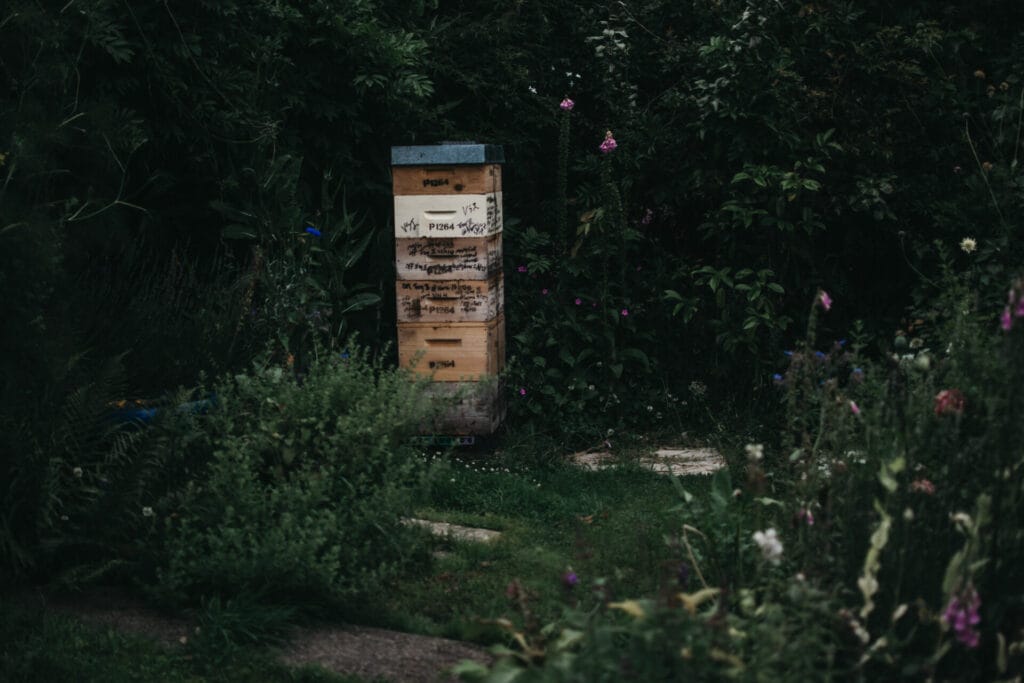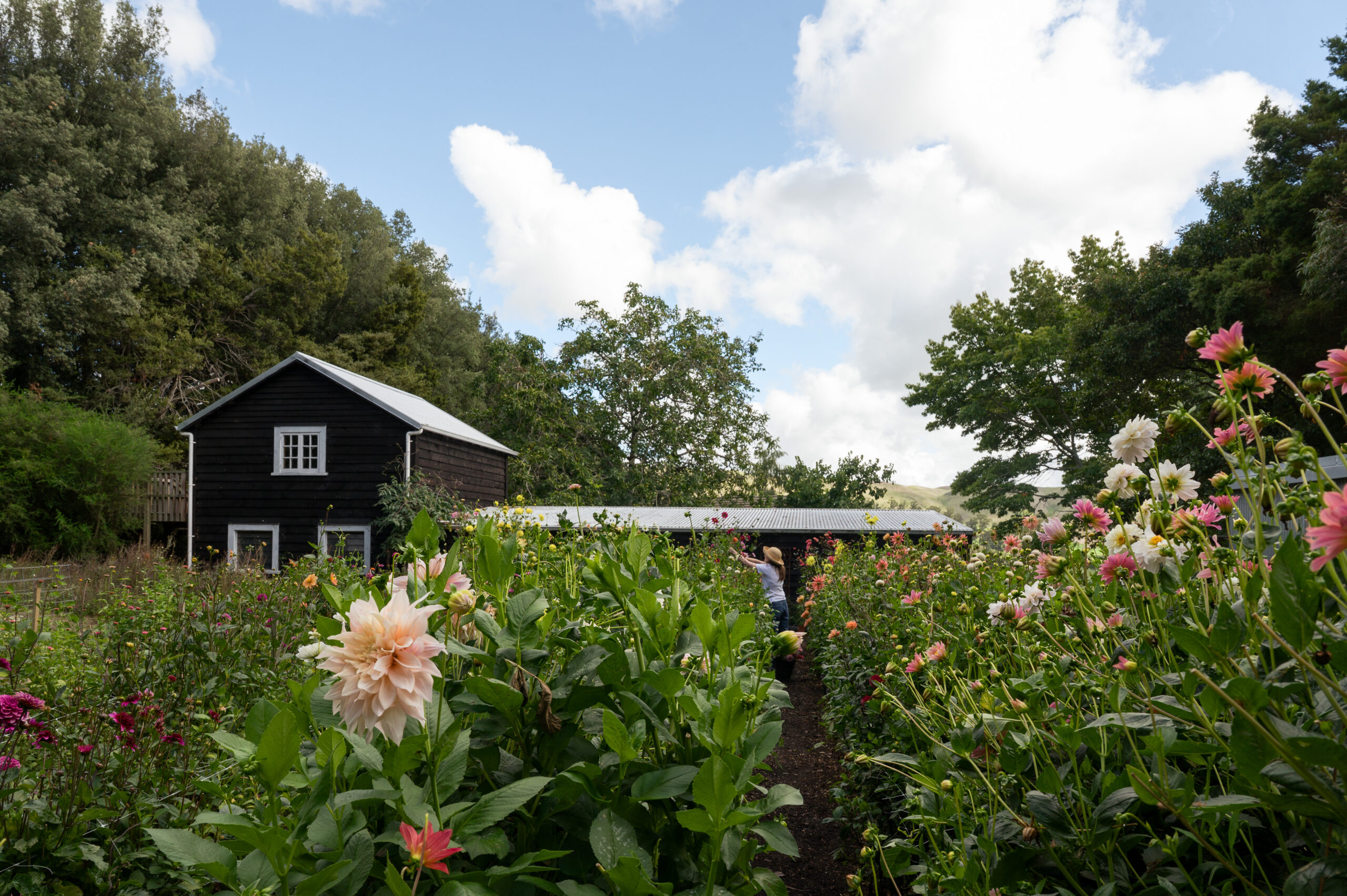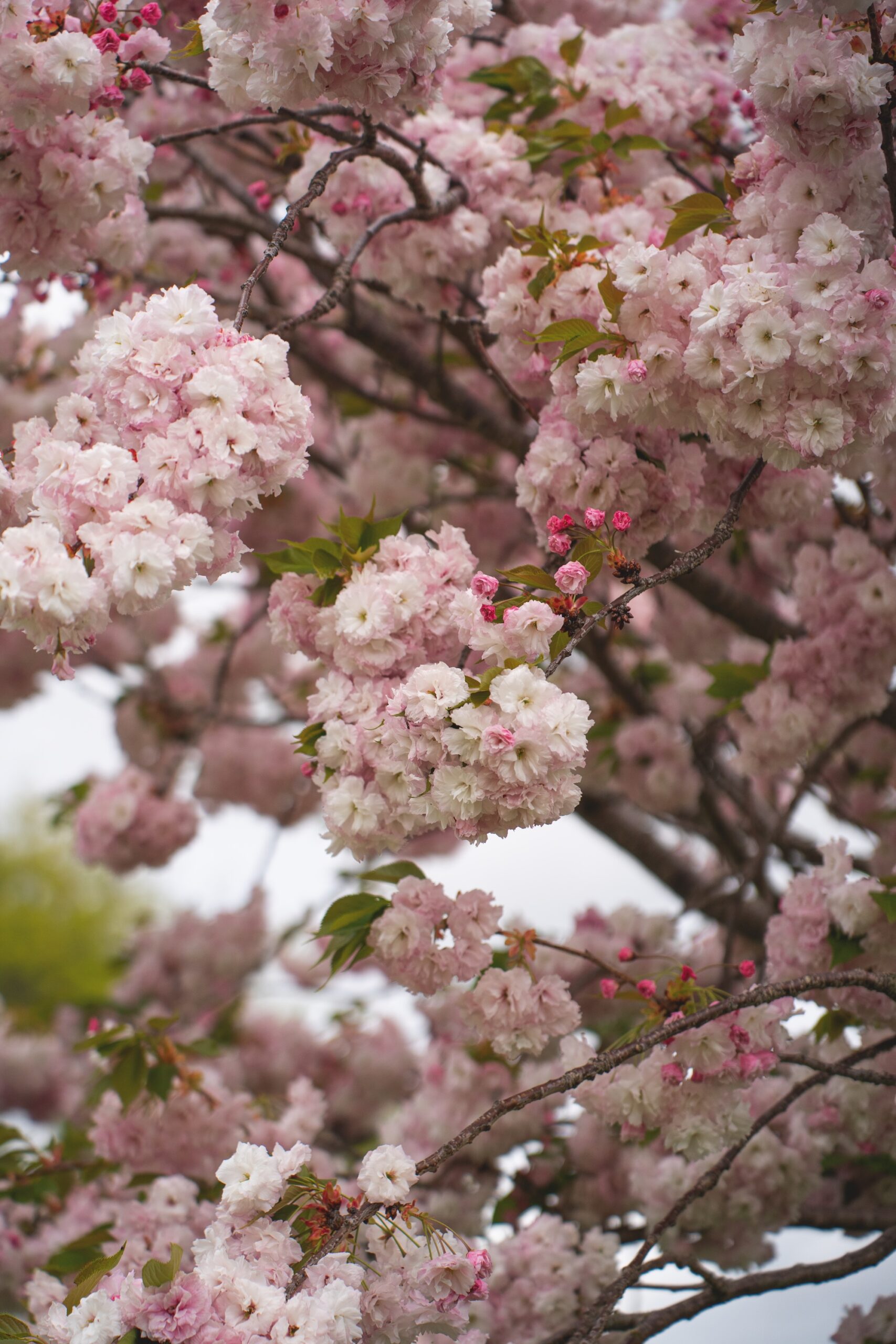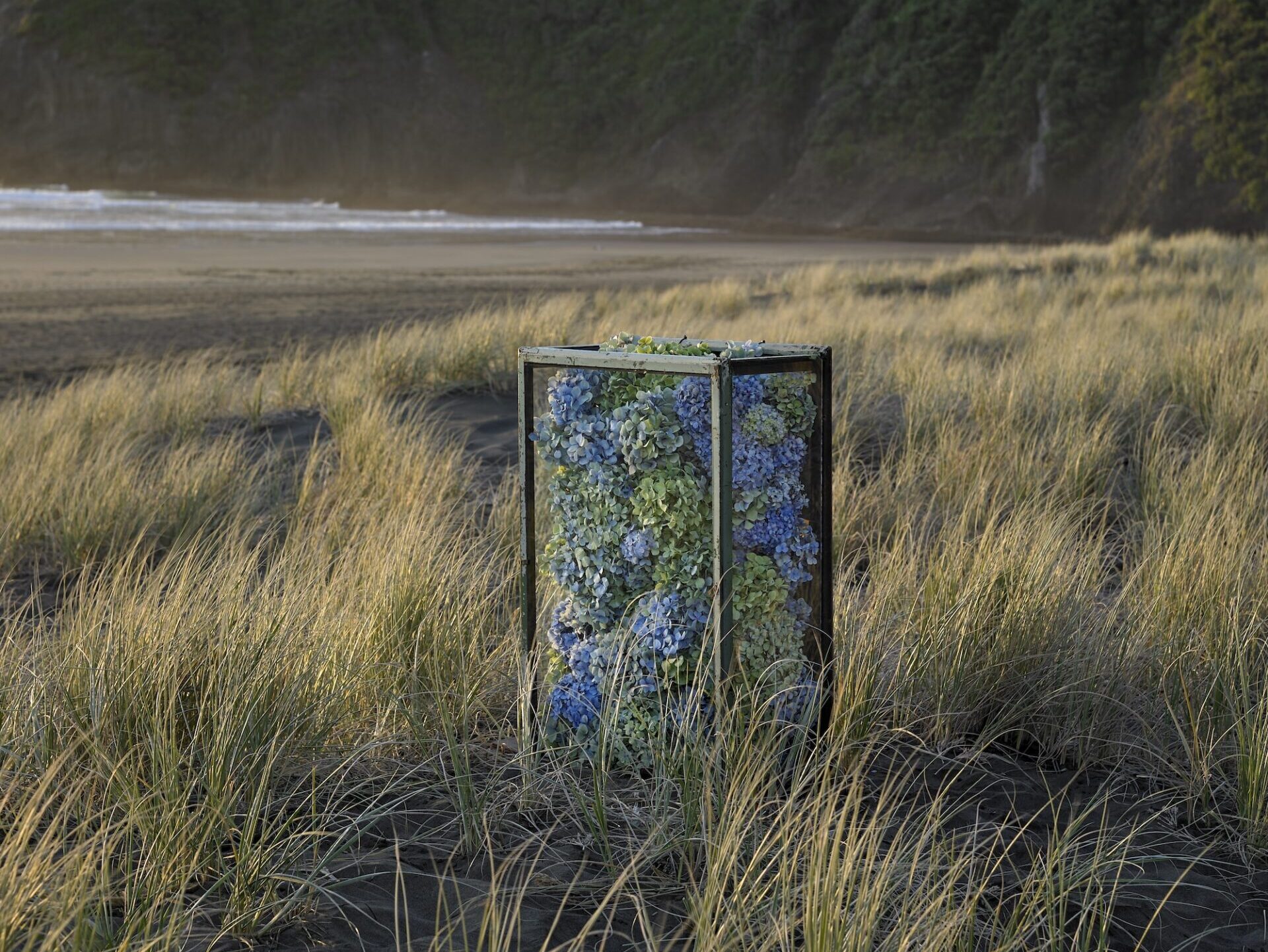Your cart is currently empty!
Growing together: On Mel Adams’ pollination garden

Growing together: On Mel Adams’ pollination garden
— Written & photographed by Melanie Adams, of The Pollination Garden in Dunedin, New Zealand
I’m standing in the garden, it’s early evening and the light is perfect and soft, around me the garden is blooming. As we move from spring to early summer the garden fills and interweaves, offering cover and shelter for not just honey bees and bumblebees, but other insects that benefit from this green, floral-filled, chemical-free garden space.
It is one of my favourite things – to stand and watch the garden move with life. I can hear the call of different birds. Their presence in my garden is a byproduct of my gardening practices which are designed to support the various beehives that are humming in the garden.
By not using sprays and chemicals in my weed management, while I do have more weeds (that I manually tend to or leave – ie. dandelions and clover are loved by bees), I have more birds who do an excellent job of keeping pests like snails under control. This demonstrates the balance that can come to a garden over time when you focus on supporting pollinators.

Mel Adams in her Dunedin garden
Looking across the garden I notice a sea of blue – a colour that bees love. In one flower bed the sage is flowering. I use herbs in the garden as space fillers as flowering herbs are a great bee friendly plant. They are also a low maintenance.
Alongside the sage is some borage, which has self-seeded. I let self-seeding plants such as foxgloves, poppies, dara and bishop’s flower take up residence wherever they like, and they always seem to find the best spots. Cerinthe (honeywort) is another, which the bees are mad for. It provides a little pocket of blue, which contrasts with the fresh green of an emerging perennial.
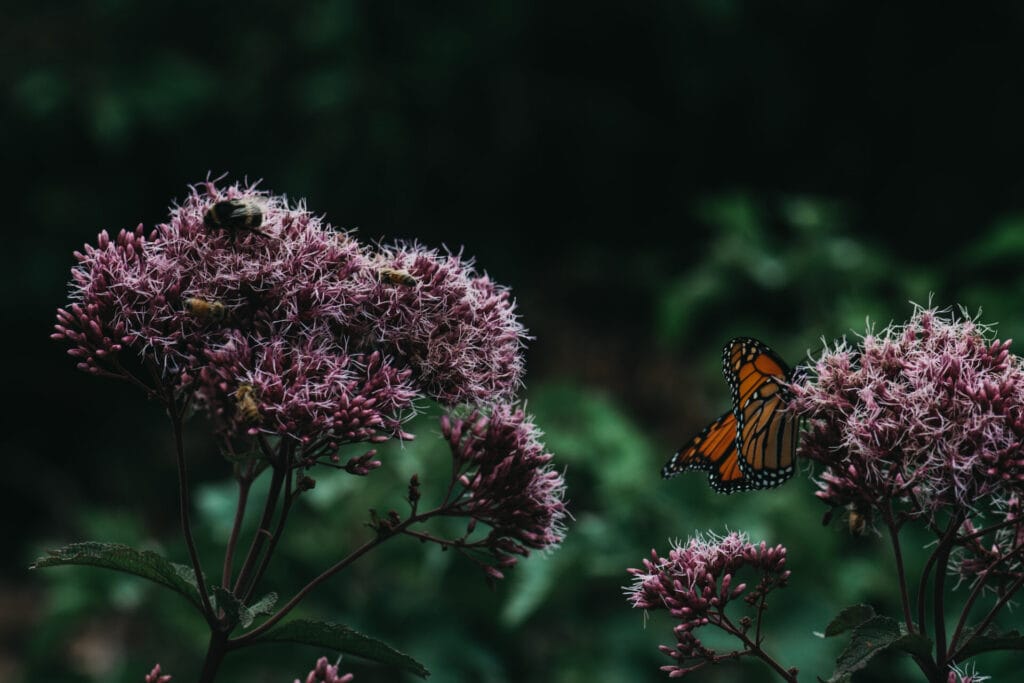
Perennials such as salvias, achillea and echinacea are plants that can extend out the foraging season for bees, reaching their flowering peak in the latter part of summer before the single bloom dahlias start to show.
In contrast to the blue, I notice a little pop of pink as the first of the cosmos start to flower. Annuals are easy to grow from seed and look great grown on mass. Bees love mass planting – it makes the work that comes with foraging easier by providing a one-stop-shop for them.
I do often make plans with how I wish my garden to look, but over the years my plans seem fade and I find I am listening more and more to what the garden wants to do, then filling in gaps as and when they appear. It heaves and groans a bit in the height of summer, and is no doubt messy in some people’s eyes but I do cherish sharing it with pollinators. It is a garden that has life, which I love to watch.
—
For more, find our other pollinator articles here.
You can follow Mel’s gardening journey at pollinationgarden.com and on Instagram: @thepollinationgardener
